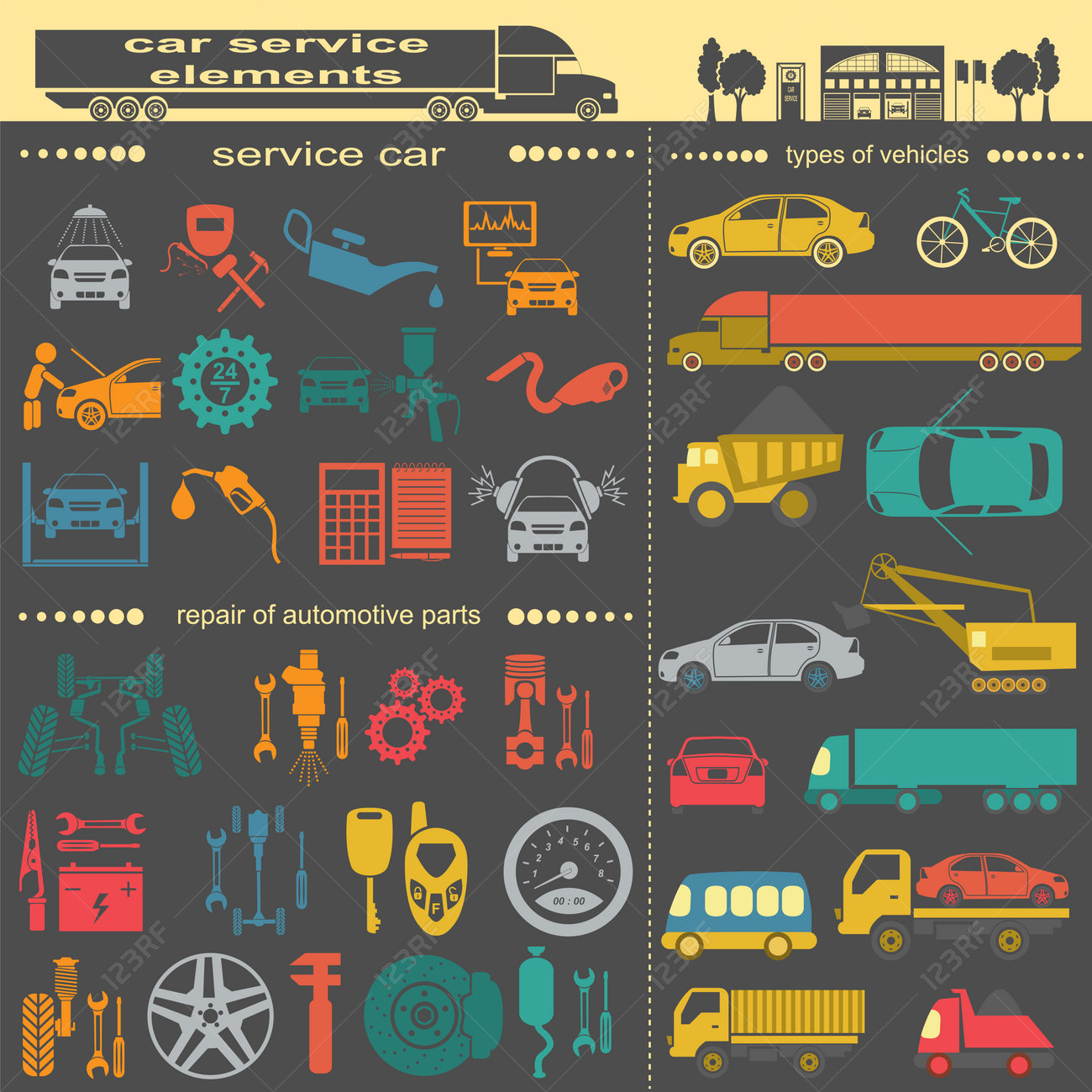Interpreting Your Automobile'S Alert Lights: Their True Ramifications
Interpreting Your Automobile'S Alert Lights: Their True Ramifications
Blog Article
Write-Up Author-Boye Corbett
When you lag the wheel, those glowing caution lights on your control panel can be a little bit puzzling. Do you understand what they're trying to inform you regarding your automobile's health? Understanding simply click the following internet site of these lights is vital for your safety and security and the long life of your car. So, the next time one of those lights turns up, would not you wish to analyze its message properly and take the required actions to resolve it?
Common Warning Lights and Interpretations
Recognize typical warning lights in your car and comprehend their significances to ensure secure driving.
The most regular warning lights consist of the check engine light, which signals problems with the engine or exhausts system. If this light comes on, it's important to have your vehicle inspected without delay.
The oil pressure warning light indicates reduced oil pressure, requiring immediate interest to prevent engine damage.
A flashing battery light might recommend a damaged charging system, possibly leaving you stranded otherwise addressed.
The tire pressure tracking system (TPMS) light informs you to low tire pressure, impacting car stability and gas effectiveness. Ignoring this could result in risky driving problems.
The abdominal light suggests a problem with the anti-lock stopping system, compromising your capability to stop rapidly in emergency situations.
Finally, the coolant temperature cautioning light warns of engine overheating, which can result in severe damages otherwise resolved swiftly.
Comprehending these usual caution lights will help you address problems immediately and preserve secure driving conditions.
Value of Prompt Focus
Recognizing the typical warning lights in your vehicle is only the initial step; the value of immediately resolving these cautions can't be highlighted sufficient to ensure your safety and security when driving.
When a warning light brightens on your dashboard, it's your auto's method of communicating a prospective issue that requires focus. Disregarding these warnings can result in a lot more serious troubles later on, endangering your security and potentially costing you a lot more out of commission.
Prompt attention to advising lights can stop failures and accidents. For example, a flashing check engine light can show a misfire that, if left neglected, can create damages to the catalytic converter. Addressing this promptly can save you from a costly repair service.
In a similar way, a brake system cautioning light could indicate reduced brake liquid or used brake pads, essential parts for your security when driving.
Do It Yourself Troubleshooting Tips
If you discover a warning light on your control panel, there are a couple of DIY troubleshooting suggestions you can attempt prior to looking for expert assistance.
The first step is to consult your car's guidebook to understand what the specific caution light suggests. Often https://oil-near-me51738.blogofchange.com/30808288/the-following-chapter-in-vehicle-repair-work-patterns-to-be-aware-of-in-the-upcoming-years can be as basic as a loose gas cap causing the check engine light. Tightening up boat detailing miami may resolve the problem.
Another common issue is a low battery, which can cause various warning lights. Inspecting the battery connections for deterioration and ensuring they're protected might take care of the trouble.
If a caution light persists, you can try resetting it by detaching the cars and truck's battery for a couple of mins and then reconnecting it. Furthermore, checking your car's fluid levels, such as oil, coolant, and brake liquid, can help fix warning lights connected to these systems.
Suggested Browsing , comprehending your auto's warning lights is crucial for maintaining your car running smoothly and safely. By quickly resolving these alerts and knowing what they imply, you can prevent pricey repair services and possible breakdowns.
Bear in mind to consult your automobile's manual for certain details on each warning light and do something about it appropriately to ensure a trouble-free driving experience.
Stay educated, stay risk-free when driving!
